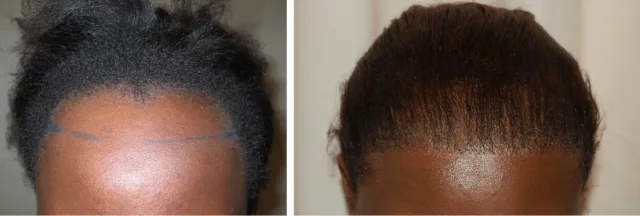-
What is Pulpectomy?
Dental pulp is what makes your tooth alive. It is formed of blood vessels, nerves, and connective tissue, and is situated inside the pulp cavity, which is at the center of the tooth, beneath the strong layers of enamel (outer layer) and dentine (inner layer). Pulpectomy is the removal of the infected or inflamed dental pulp from the pulp cavity in order to save the tooth.
-
When Does Your Child Need Pulpectomy?
When the outer layers of a tooth get damaged due to the cavities or trauma, it causes painful inflammation of the pulp. It is called pulpitis.
There are two types of pulpitis – Reversible and Irreversible.
In reversible pulpitis, inflammation is mild, and the pulp tissue can be saved by eliminating the cause of irritation. Irreversible pulpitis happens when the reversible pulpitis is left untreated and the infection goes too far. Then the inflammation of the pulp doesn’t go away by treating the infection or trauma that caused it. The infection can also spread to the other areas of the head including the gums, jaw, sinuses, and the brain. In such cases, pulpectomy is performed to remove the affected pulp and to save the tooth.
It is necessary to preserve the primary tooth of children. They are there not just for chewing the food. They help in speech development of the child and hold the space for proper eruption of the permanent tooth.
-
What is Pulpotomy? How Does it Differ from Pulpectomy?
Like pulpectomy, pulpotomy also involves the removal of the affected pulpal tissue from the pulp cavity. Mostly, it is performed on the primary teeth of children. In pulpotomy, the tissue is removed from the pulp chamber which is the portion of the pulp cavity within the crown of the tooth. In pulpectomy, the tissue is removed from both the pulp chamber and the root canal system of the tooth. Pulpotomy is done when the tooth is still alive, while pulpectomy is preferred in case the tooth is dead without any blood supply to it. Also, pulpectomy is preferred if the tooth has any local infection, abscesses or fistula.
-
How to Avoid Pulpectomy?
Any procedure on your child keeping him/her under anesthesia is no fun! It is done only when it is inevitable. Maintaining proper oral hygiene of your child is necessary to avoid such a situation. Start brushing the baby teeth from the first milk tooth itself. Don’t turn a blind eye to the milk teeth thinking they are going to fall off later anyway. The child’s feeding habits should also be taken care of in order to prevent damage to the primary teeth. Reduce the sugar from the child’s diet and avoid soft drinks. Soft drinks contain acids and sugars that damage the child’s teeth. Babies shouldn’t be allowed to fall asleep with the bottle having milk. Do not dip the pacifiers in sweet and sugary things. Also, it is important to take the child to the dentist for regular dental check-ups. The American Dental Association recommends fixing your baby’s first dental check-up as soon as the first tooth appears. According to the World Dental Federation, 60-90% of the schoolchildren globally are having tooth decay. Tooth decay is the largest cause of hospitalization in children in the UK. Also, untreated tooth decay in the primary teeth is one of the top 10 most prevalent oral conditions in the world. Regular dental check-ups help in the early detection and treatment of cavities and other infections.




